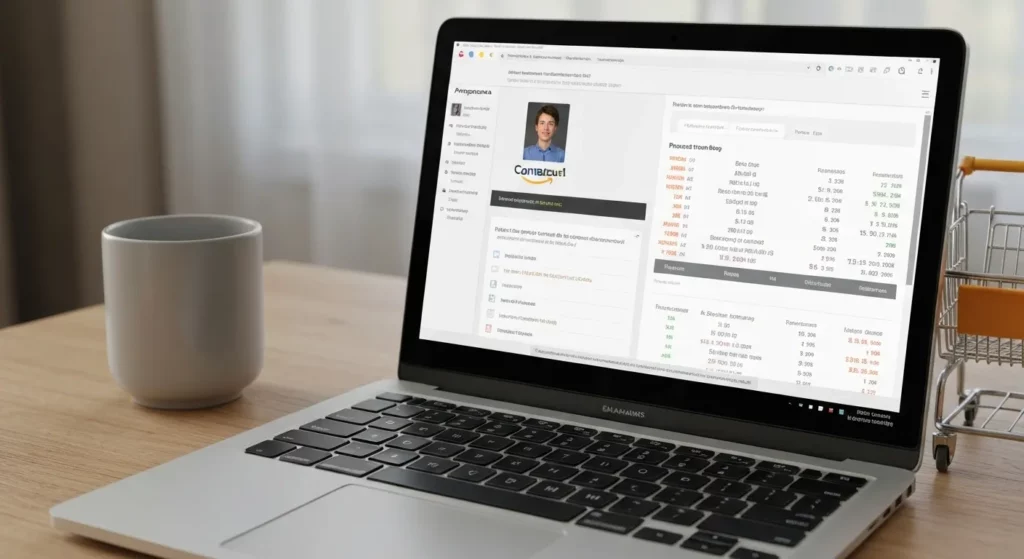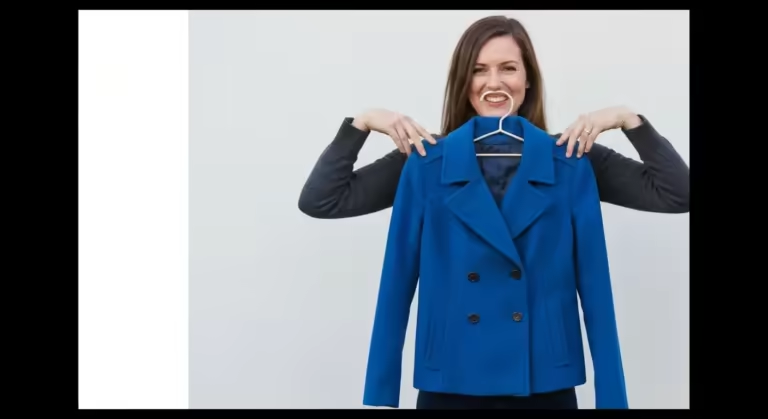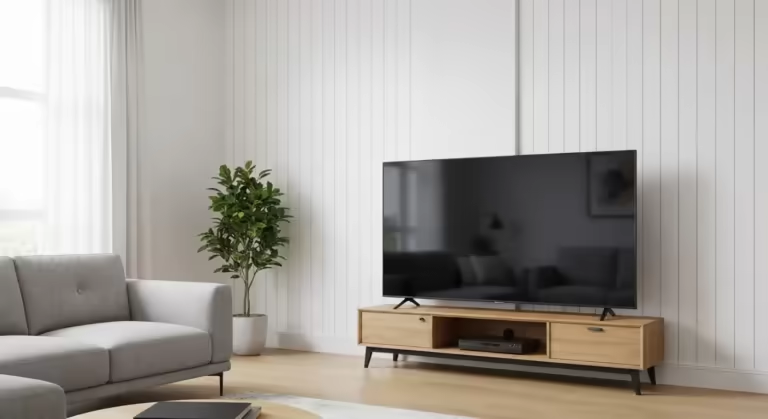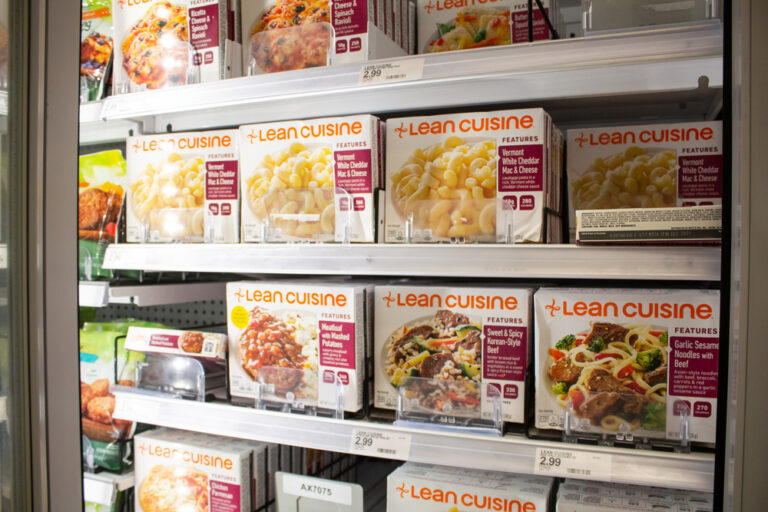Is this the best budgeting method for you?
Taking care of your budget is a lifestyle, and unfortunately, not many people are aware of this fundamental truth. It’s not a one-time fix or a temporary diet for your wallet; it’s a long-term commitment to your financial well-being. When you decide that you want to start budgeting, you need to remember that this is something that will take a while until you see its effects, and also you need to be consistent. As with any other matter, consistency is key. Just like building muscle at the gym or learning a new language, financial fitness requires regular, dedicated effort to yield meaningful and lasting results.
If you want to be responsible for your budget, the best idea would be to look into some already existing budgeting methods. Reinventing the wheel is unnecessary when there are so many excellent, time-tested frameworks available. These are thoroughly researched strategies people put in place over time, and most of them are amazing if you truly want to see results. Many traditional methods, however, can feel overwhelming, requiring meticulous tracking of every single penny, which can lead to burnout and abandonment of the budget altogether.
If you are confused about what budgeting method is right for you, especially if you’ve tried and failed with more complex systems, we are here today to tell you more about the “pay yourself first” method. This is not a traditional budgeting method, and what makes it so special is its flipped perspective. Instead of focusing on cutting back and meticulously categorizing every expense, your focus will be on your savings and not on your expenses. It shifts the entire psychological framework from a mindset of scarcity to one of proactive wealth-building.
If this sounds intriguing and you think you’ve finally found something that suits your lifestyle, keep reading to find out even more. We’ll explore exactly how it works, how to implement it step-by-step, and what potential pitfalls to watch out for. This is the “pay yourself first” method with all of its pros and cons, designed to help you make an informed decision about your financial future.
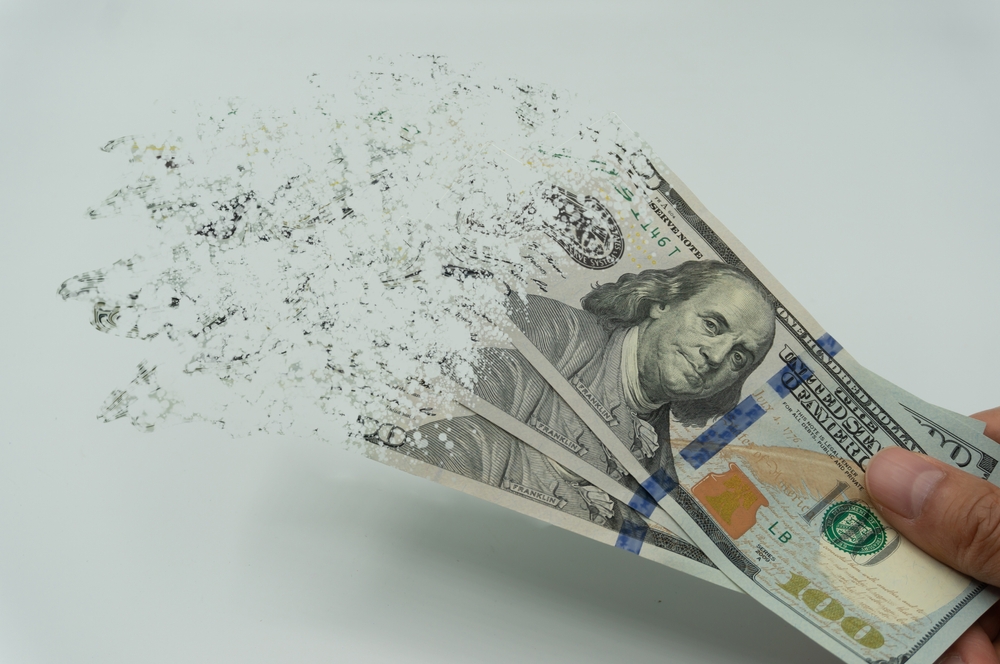
The meaning of “pay yourself first”
Sometimes this budgeting method is also known as “reverse budgeting,” and it is all closely tied to how this strategy works. With conventional budgets, you typically list your income, subtract all your expenses (rent, utilities, groceries, entertainment), and then hope there’s something left over to save. Reverse budgeting flips that script entirely. You no longer target the expenses. They are on the secondary plan. All that matters now are your savings.
As soon as you receive a paycheck, you take a predetermined amount or percentage of money from that and place it directly into your savings or investment account. This happens before you pay rent, before you buy groceries, and before you spend a dime on anything else. Yes, this is all you have to do, and you will start saving more. This simplicity is also what makes this budgeting method so effective. It removes the guesswork and the end-of-month scramble to find leftover cash.
For example, let’s say your take-home pay is $3,500 per month and you’ve decided to save 15%. Before you do anything else, you immediately transfer $525 into your chosen savings vehicle. The remaining $2,975 is what you have available for all your monthly expenses. You can do something as mundane as setting up an automatic savings account at your bank, and you are all set; you’re actively using the pay-yourself-first method. You can also move the money manually into the savings account, and the result is almost the same. What matters is that before everything else, you first take care of your savings. They are the priority, and all the expenses are now something secondary that must fit within the remaining income.
This method helps you create a healthy saving habit, and this is essential in the long run. By making saving a non-negotiable first step, you are treating your future financial security with the same importance as your current essential bills. Over time, this discipline builds a powerful foundation for achieving your long-term goals, whether that’s a down payment on a house, a comfortable retirement, or simply financial freedom.
How to apply this method
First of all, you need to calculate your take-home income. This is the money you get after you’ve paid your taxes and your health insurance or other such benefits. In case you are employed somewhere, this amount of money will be automatically deducted so you no longer have to bother. This is your net income, the actual amount that hits your bank account. If you’re a freelancer or have variable income, it’s wise to calculate an average based on the last six to twelve months to get a realistic baseline.
After all of this is clear, it is time for the most important part of this budgeting method: you need to decide how much you are going to pay yourself. Financial experts say that saving 10% to 20% of your income is the ideal number, but you can adjust this however you want. This range allows for significant progress toward goals like retirement and emergency funds. If that percentage feels too steep right now, don’t be discouraged. Start with 5% or even 1%. The key is to begin. However, it is better to not always save at least 10% if you want to see progress in the long term.
As we already said, you can manually transfer money into your savings account, but making everything automatic is more efficient. The “set it and forget it” approach is your best friend here. Log in to your online banking portal and schedule a recurring transfer for the day after your payday. An even more powerful technique is to set up a split direct deposit with your employer, where a portion of your paycheck goes directly into your savings account and the rest goes into your checking. This helps you stay consistent no matter what. If you forget to transfer the money, the automatic function will never do that.
One thing many people forget is to review their savings plan. Your financial life is not static. You should do this once every six months because your life is constantly changing, the economy does the same, and if you have a specific goal in mind, you need to try to adjust your saving strategy accordingly. Did you get a raise? Increase your savings percentage to avoid lifestyle inflation. Did you pay off a car loan? Reroute that old payment amount directly into your savings. A regular review ensures your plan evolves with you.
What types of accounts do you need?
If you want to use the pay-yourself-first budgeting method and you also want to maximize your financial growth, you need to choose the right type of account. Sending your savings to the right place is just as important as the act of saving itself. You know this: different accounts, different benefits, and only a person who has the right knowledge is able to make the right choice. Let’s break down some common goals and the accounts that match them.
Planning to save for retirement? Then a 401(k) or Individual Retirement Account (IRA) is the perfect choice. If your employer offers a 401(k) with a matching contribution, this should be your absolute first priority to capture that “free money.” Beyond the match, or if you don’t have a 401(k), an IRA is an excellent option. You can choose a Traditional IRA for a tax deduction now or a Roth IRA for tax-free withdrawals in retirement. These accounts offer tax advantages and help you build a secure future.
If you want to create an emergency fund, you have two options. You can create a Traditional Savings Account or a High-Yield Savings Account (HYSA). The first one is probably the most accessible option, but it doesn’t offer high interest. If you want higher interest, you can go with the second option because it gives you more growth potential than a traditional account. HYSAs are typically offered by online banks, are FDIC-insured, and can offer interest rates many times higher than brick-and-mortar banks, helping your emergency fund keep pace with inflation.
Medical expenditures can be paid for tax-free using an employer-sponsored Flexible Spending Account (FSA), but the money has to be spent within the year. A potentially more powerful option, if you’re eligible, is a Health Savings Account (HSA). Available to those with high-deductible health plans, HSAs offer a triple tax advantage: contributions are tax-deductible, the money grows tax-free, and withdrawals for qualified medical expenses are tax-free. Unused funds roll over each year and can even be invested.
The type of account you choose is based on your financial priorities. Think about what makes you want to save money and decide which one is the perfect match for you. For shorter-term goals like a down payment on a house or a new car, an HYSA is often best. For longer-term goals outside of retirement, a standard brokerage account might be appropriate. Aligning your account with your goal’s timeline and purpose is the key to an effective strategy.
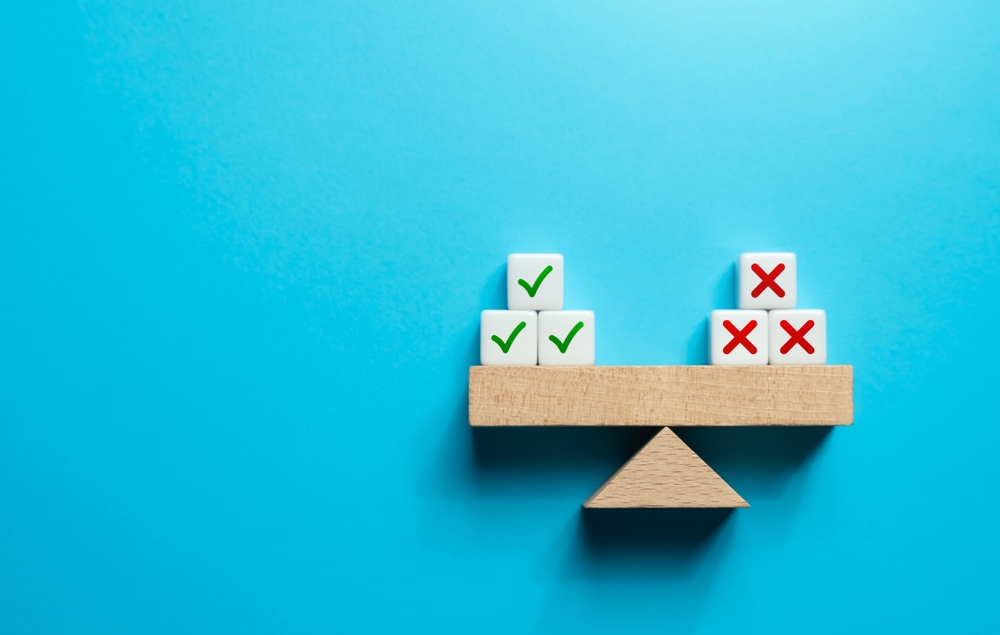
The pros
Before starting anything, you probably want to know more about what advantages you get. This is the best approach, and we want to tell you more about the pros of the pay-yourself-first method. Understanding the benefits can provide the motivation to stick with it.
What makes this budgeting method so great lies in its simplicity. You don’t need time and effort to understand how to apply this. There are no complex spreadsheets or endless spending categories to track. You calculate one number—your savings amount—and automate it. Even more, if you make it all automatic, your money will be saved, and you don’t have to do anything. This frees up valuable mental energy to focus on other things in your life.
Also, when you start paying yourself first, you prioritize your savings, which statistically means you will probably save more. This method combats a common behavioral pitfall known as lifestyle creep, where your spending unconsciously increases as your income does. By allocating money to savings first, you force yourself to live on the remainder, effectively capping your lifestyle and ensuring your financial goals benefit from any increase in income. If you save more in a shorter amount of time, you can also build an emergency fund faster.
Even more, your progress is steady. Every month money will go into your savings account no matter what. This consistency is incredibly powerful, especially when combined with the magic of compound interest. You just live your life, and your savings will keep on growing. This reliability reduces financial anxiety and provides a profound sense of security and control over your future.
The cons
So, this method implies that you will need to put money aside every month. If you are already living paycheck to paycheck, doing this might feel like a burden. When your income barely covers your essential needs, the idea of setting money aside first can seem impossible. This approach may be excessively restrictive for some individuals. Saving money before taking care of the day-to-day expenses is not for everyone. For this group, a preliminary step of tracking expenses to find any possible cuts might be necessary before implementing even a 1% savings rule.
Then if you don’t have a source of consistent income, applying the pay-yourself-first method is impossible. It can be really difficult to save a specific amount of money every month if your income fluctuates. For freelancers, gig workers, or those in commission-based sales, income can vary dramatically from month to month. Or, you can try to save, but you will need to adjust the savings rate more often. A better approach for variable incomes is to save a set percentage of every single payment you receive, or to create a budget based on your lowest-earning month and aggressively save any income above that baseline.
Another potential drawback is that this method doesn’t actively monitor or optimize your spending. While you are guaranteed to save money, you might be overspending in certain categories without realizing it. For those who suspect they have significant spending leaks, combining the “pay yourself first” principle with a light expense tracking system for a few months could be a highly effective hybrid approach to get the best of both worlds.
Is this method right for you?
If you want to build your savings accounts for a stable future, you can consider the pay-yourself-first method. It is particularly well-suited for individuals who have found traditional budgeting to be too tedious, restrictive, or time-consuming. It is more relaxed compared to traditional budgets that require you to track every single expense and allow you to create a priority out of your savings. It focuses on the single most important action: saving.
This is the perfect method if you are generally spending first, and then when you want to save some money, this is no longer possible because you have nothing left. It directly solves the problem of “too much month at the end of the money.” The pay-yourself-first method will make you more responsible, and your saving process will become much easier. It instills discipline through a simple, repeatable action that builds wealth systematically in the background of your life.
Ultimately, this approach is about a profound mindset shift. It reframes saving not as a sacrifice or a chore, but as the most important bill you pay each month—a payment to your future self. If you are someone who wants to achieve your financial goals without the stress of micromanaging every transaction, this powerful and simple strategy could be the perfect fit for you.
Do you want to be better at budgeting? Trying the pay-yourself-first budgeting method can help, but you will also have to be more organized: Budget Planner – Monthly Finance Organizer with Expense Tracker Notebook
You should also read more about: The “No” Budget Method







